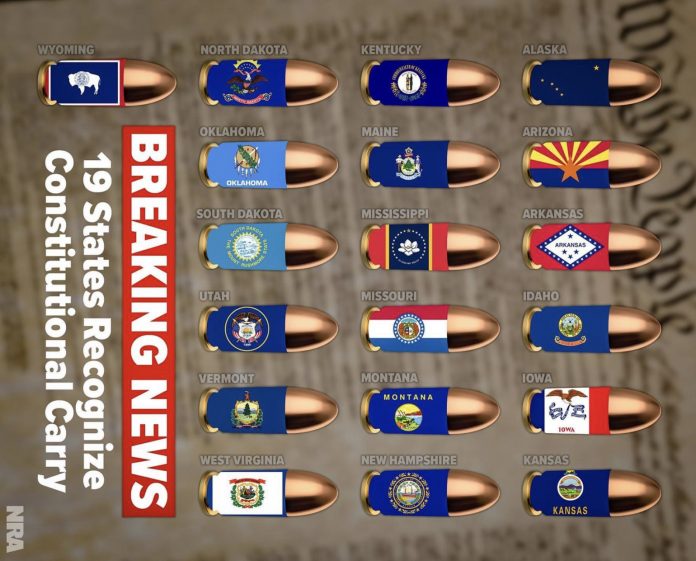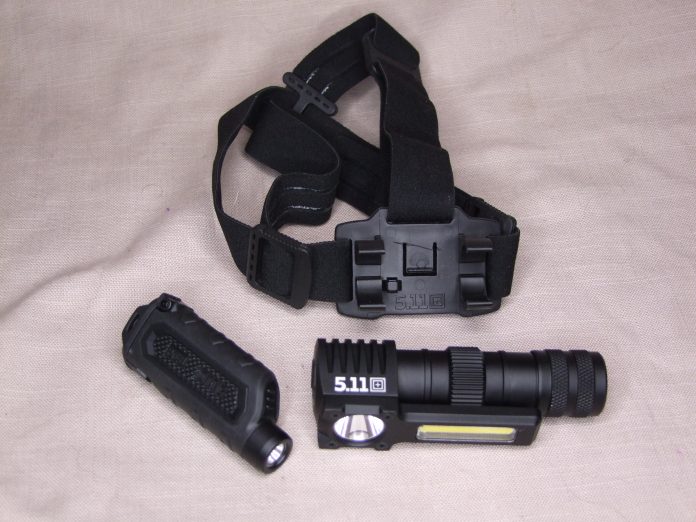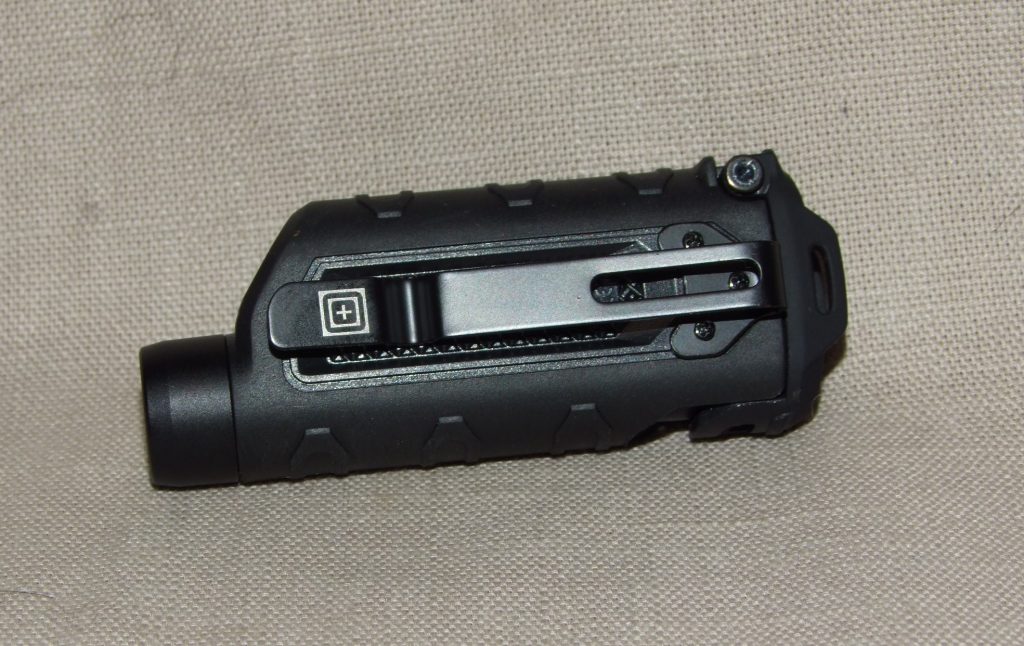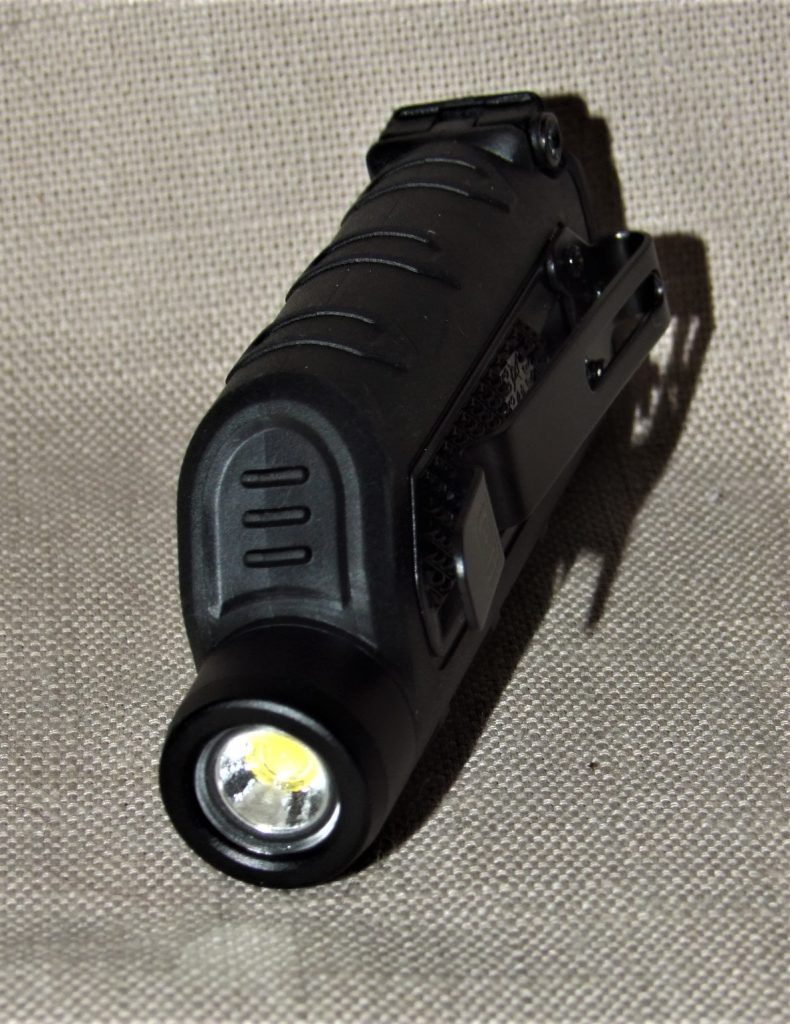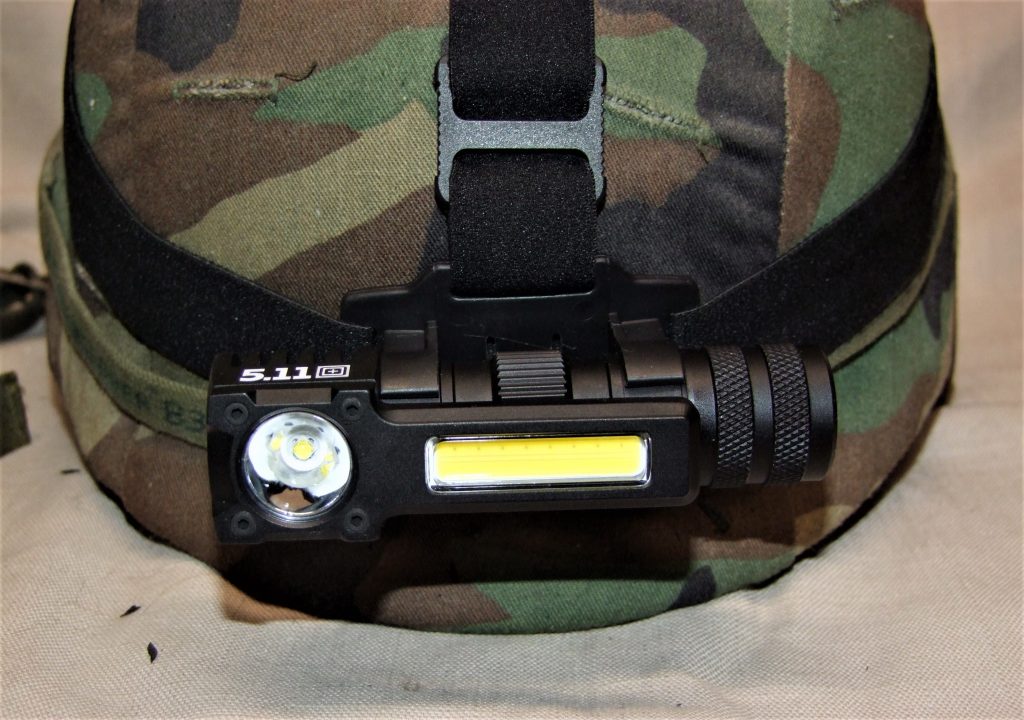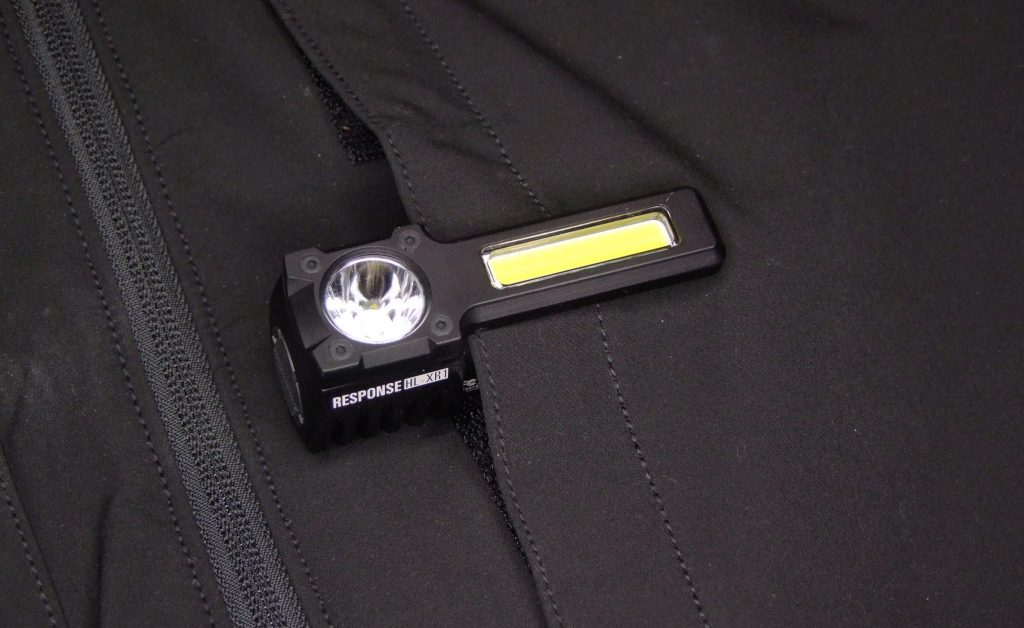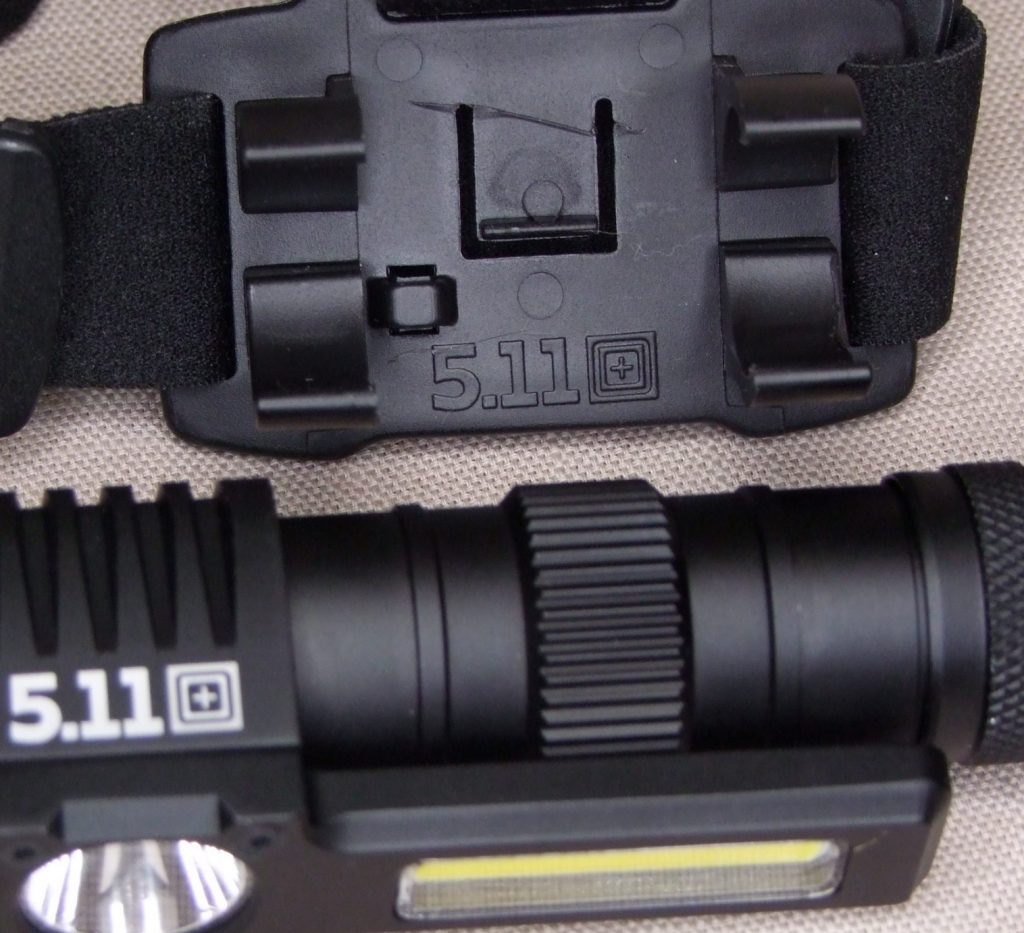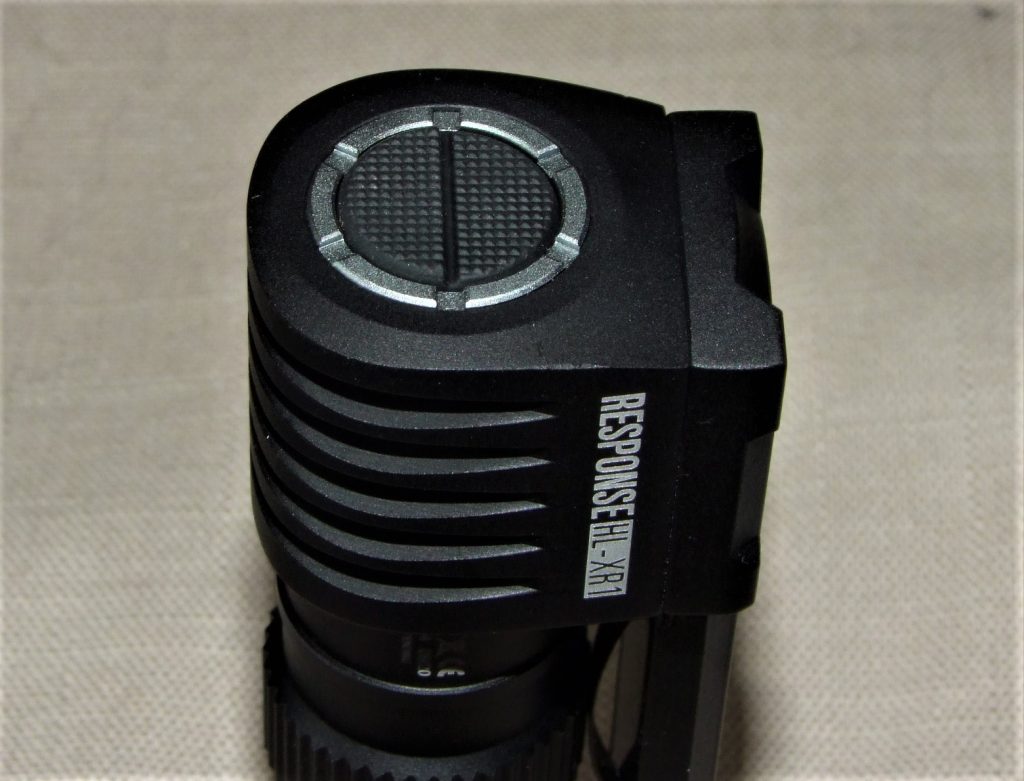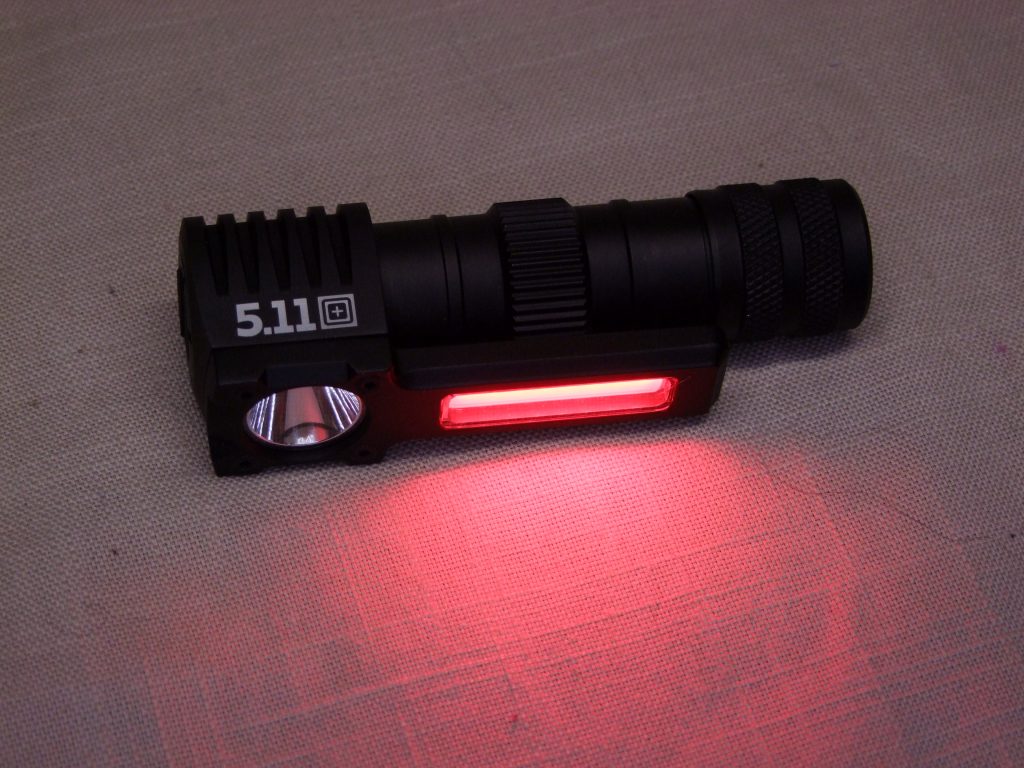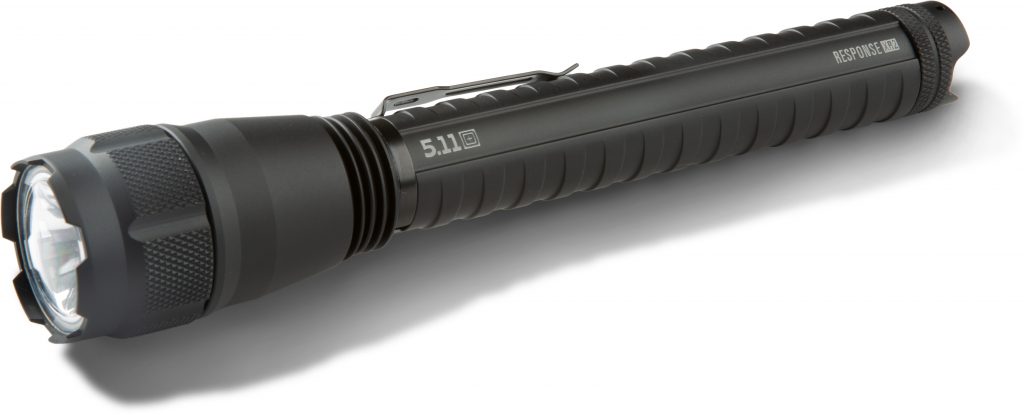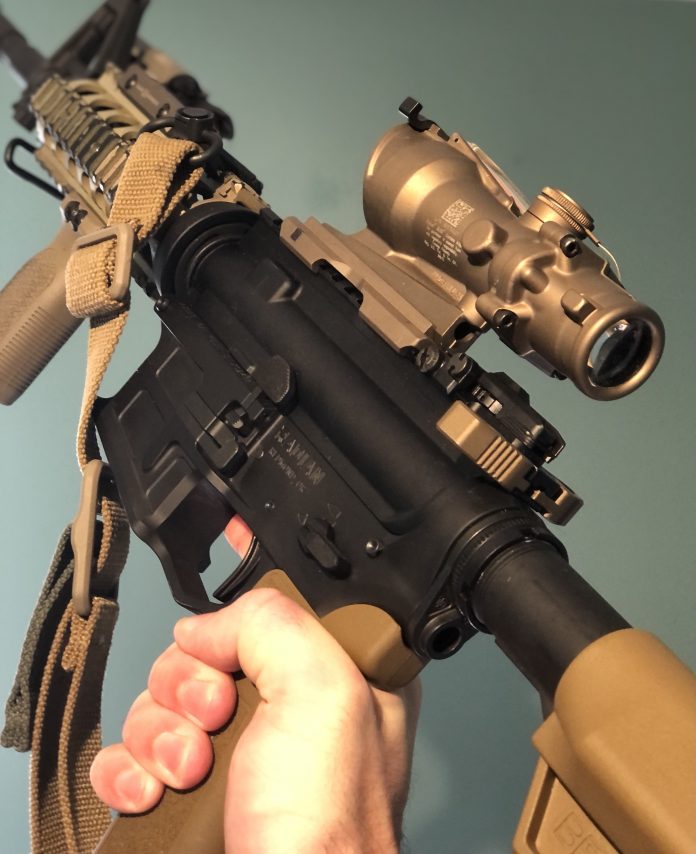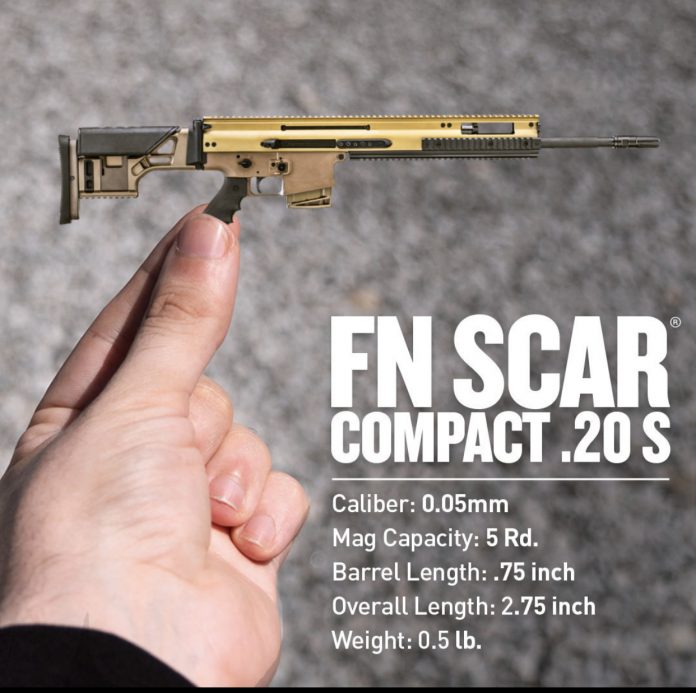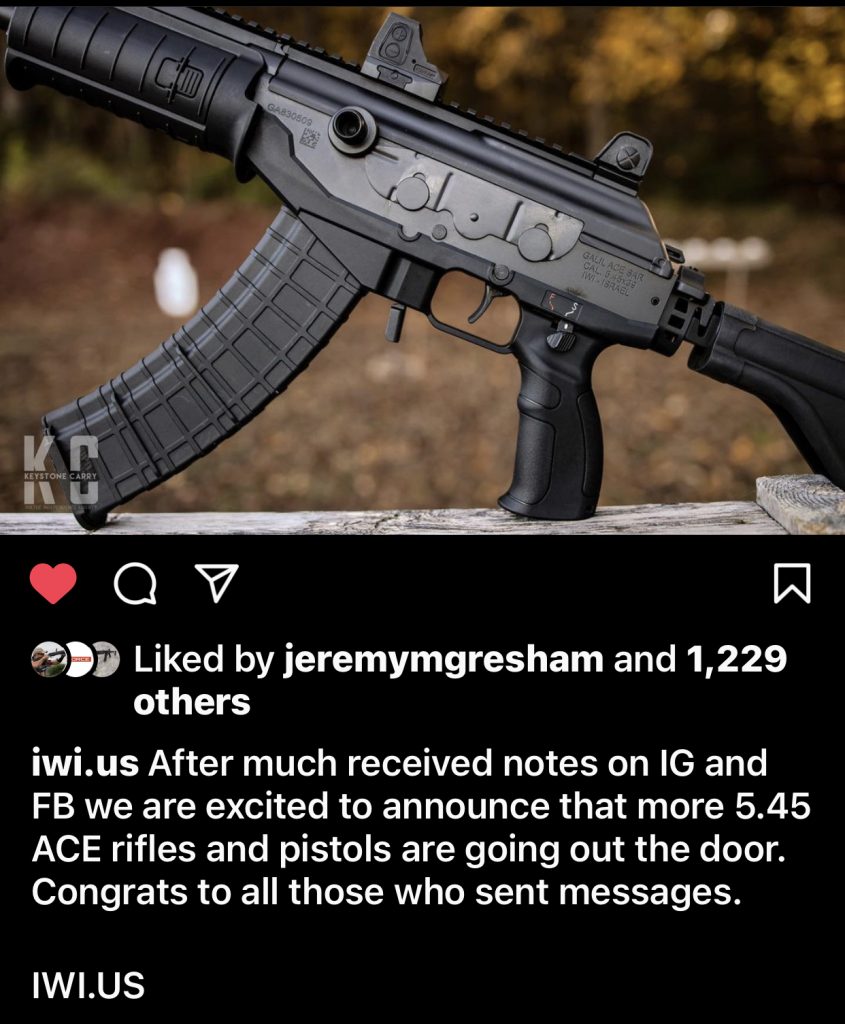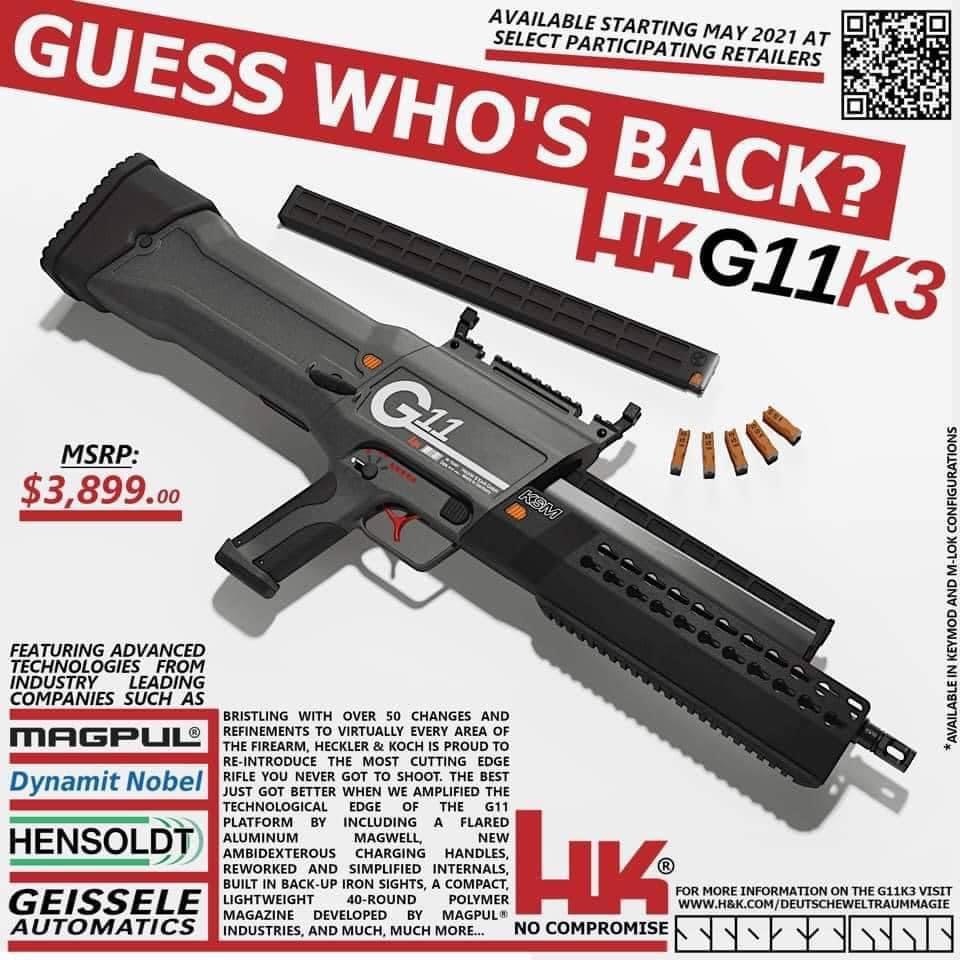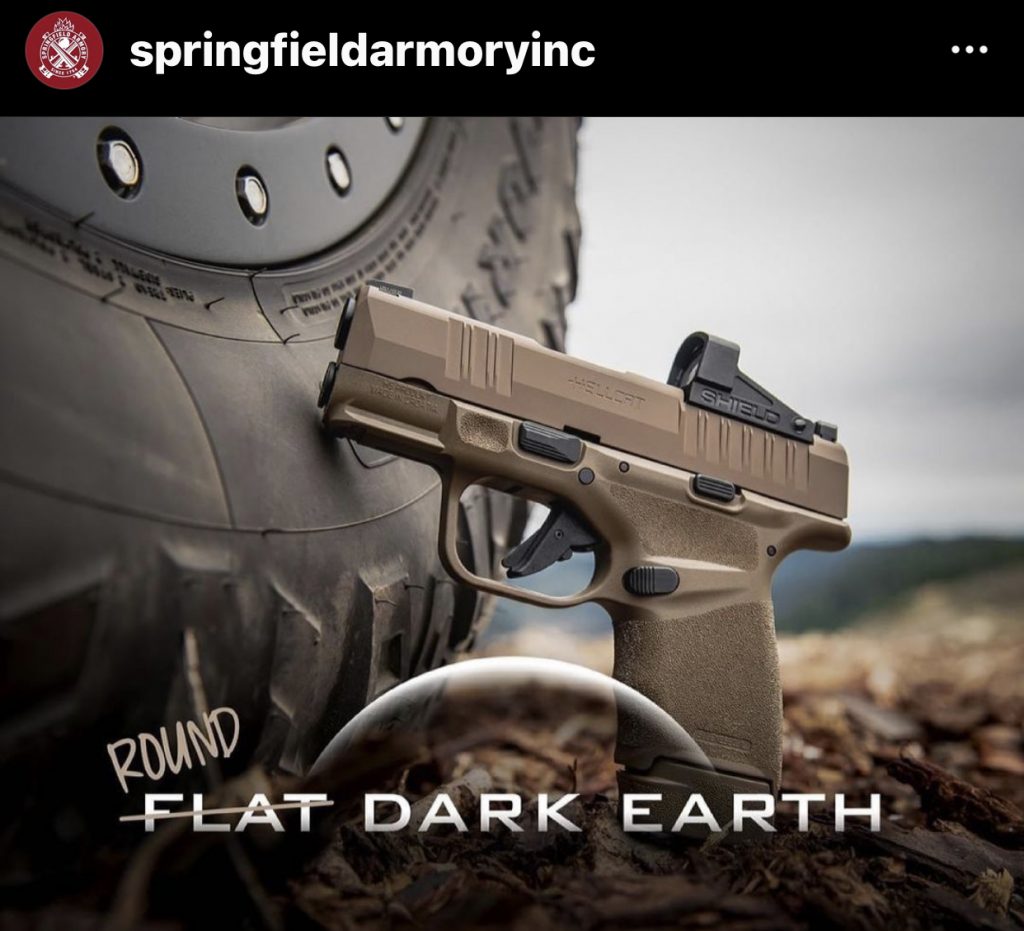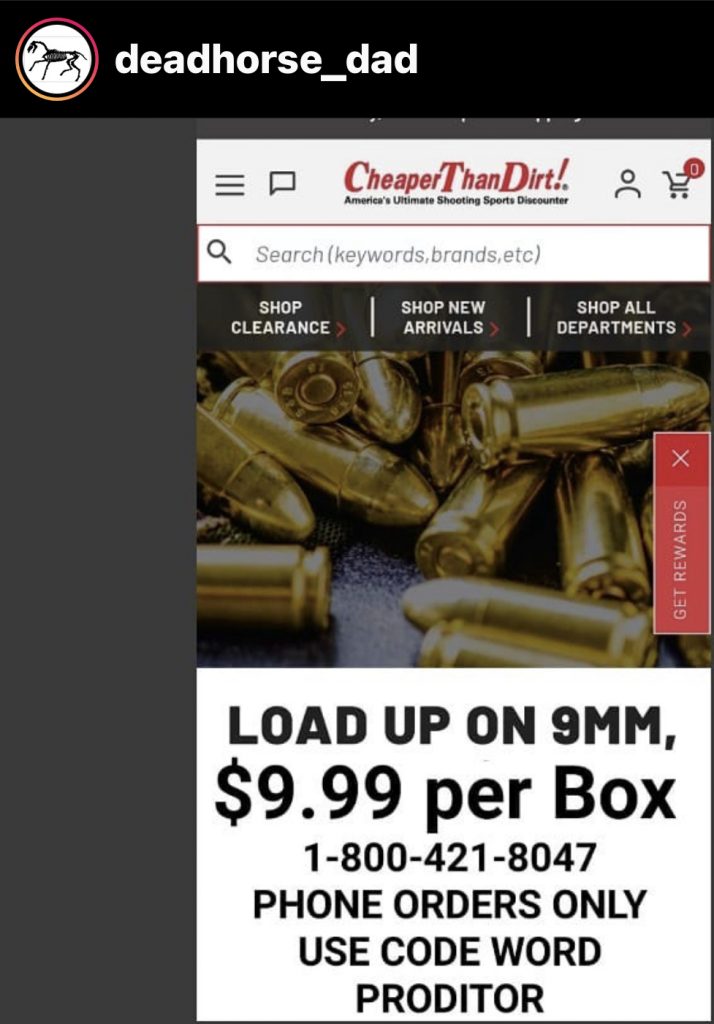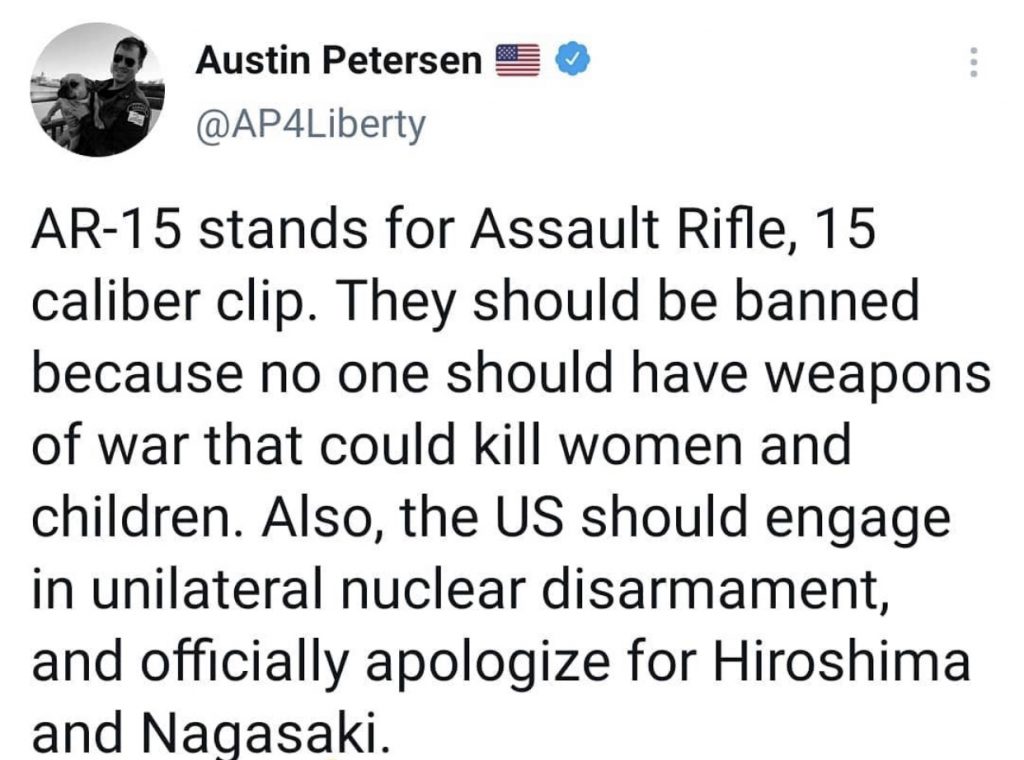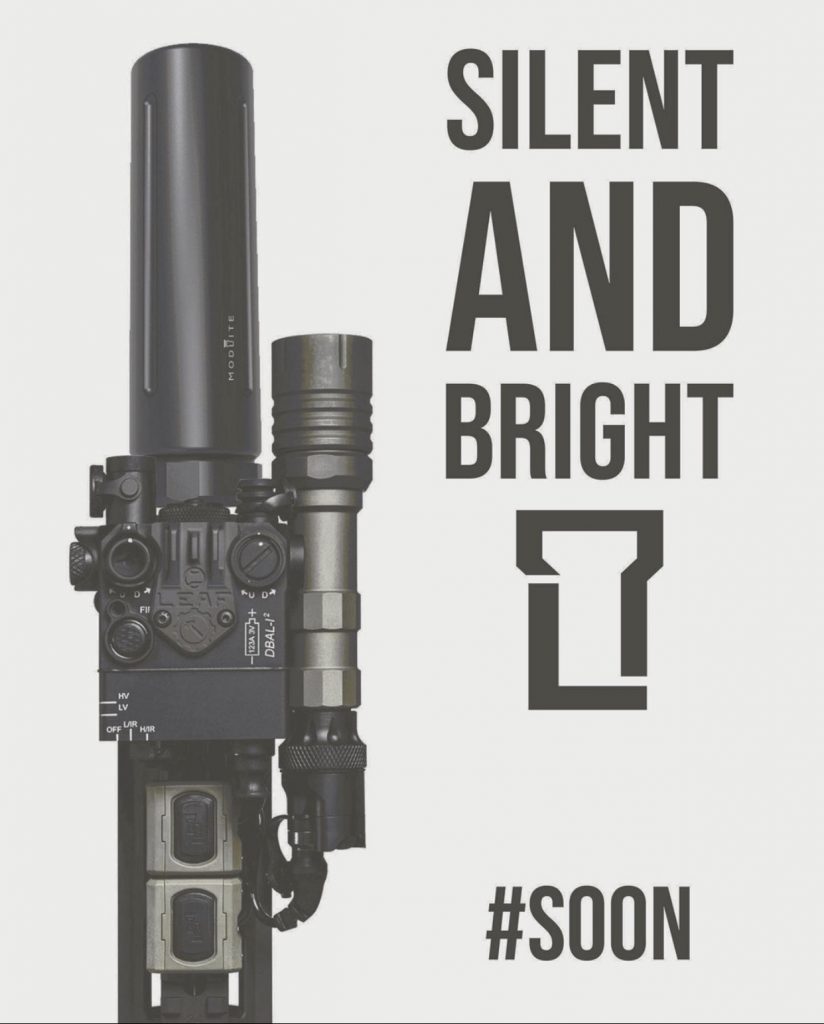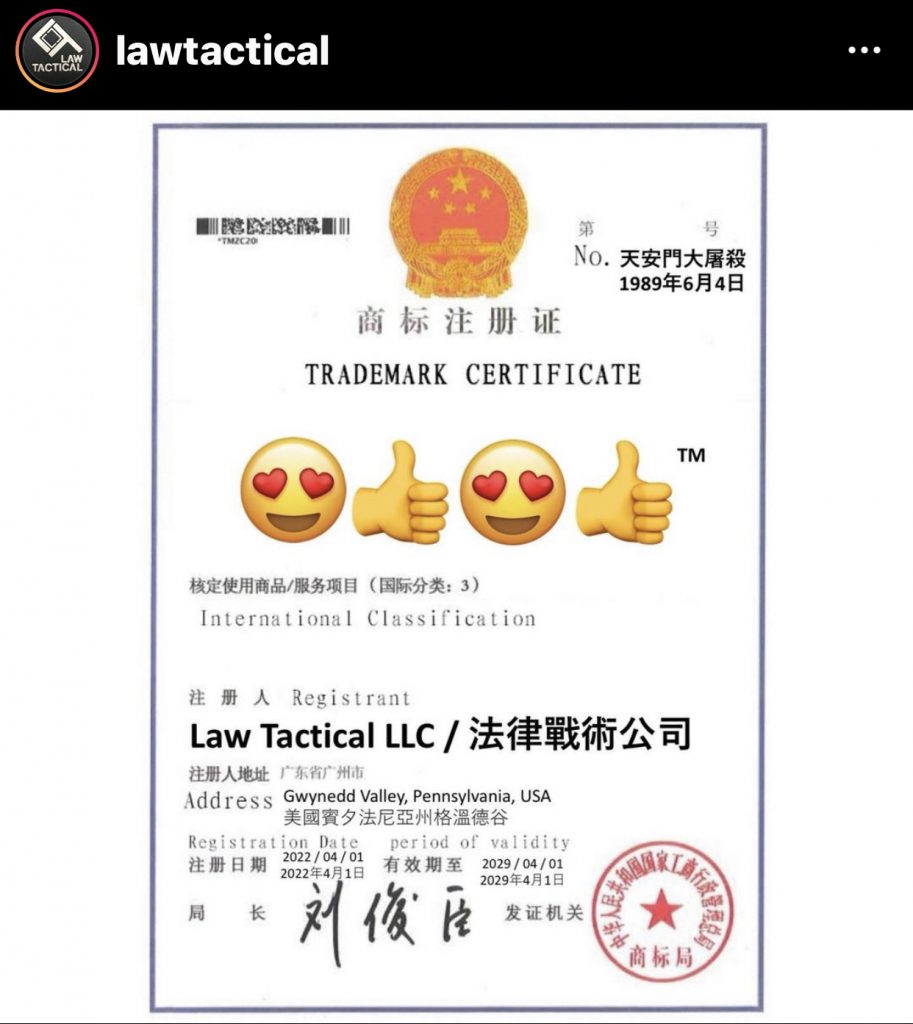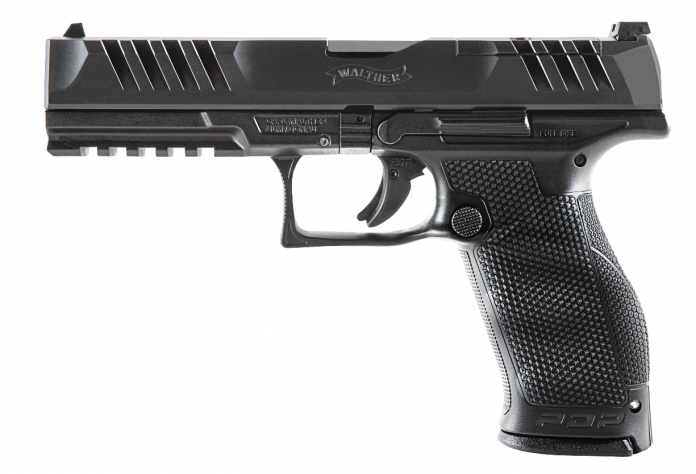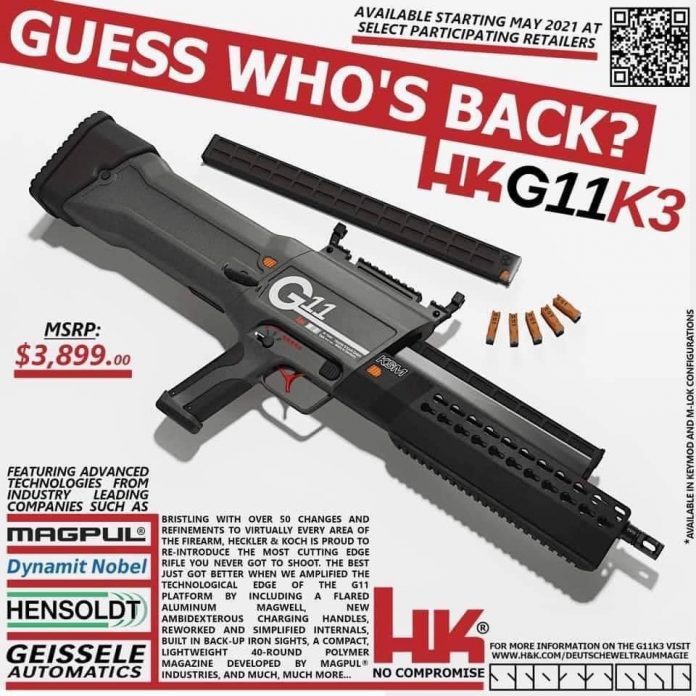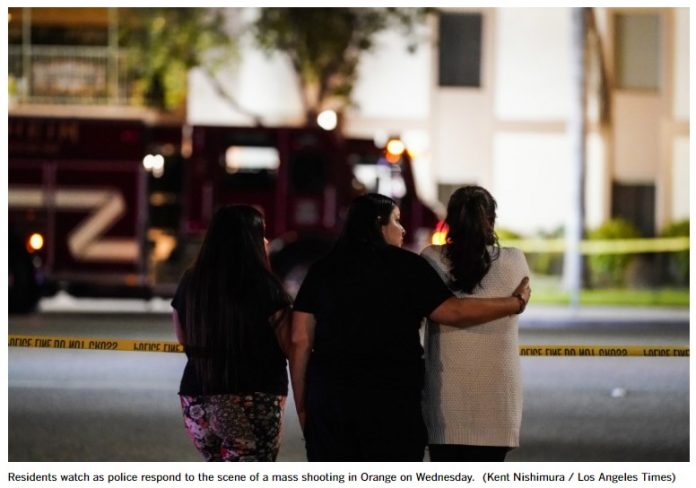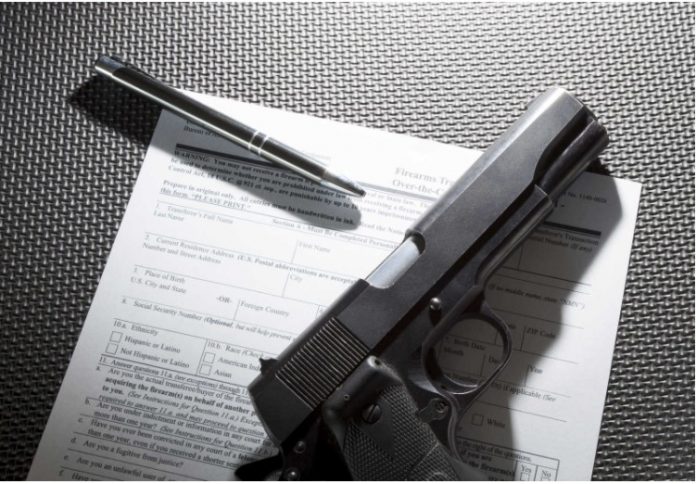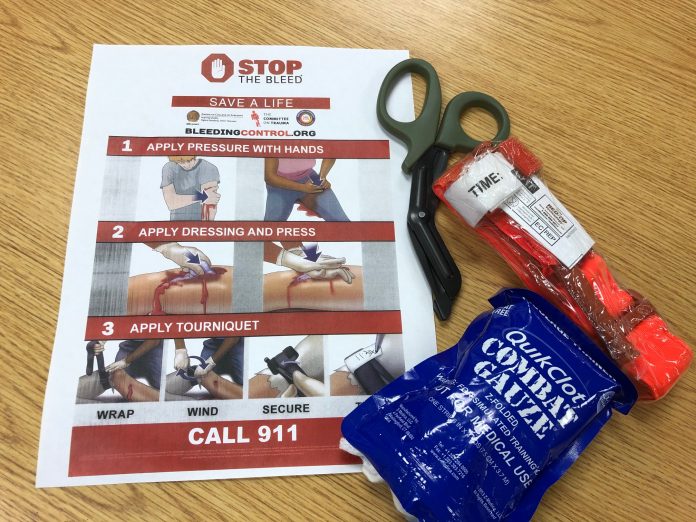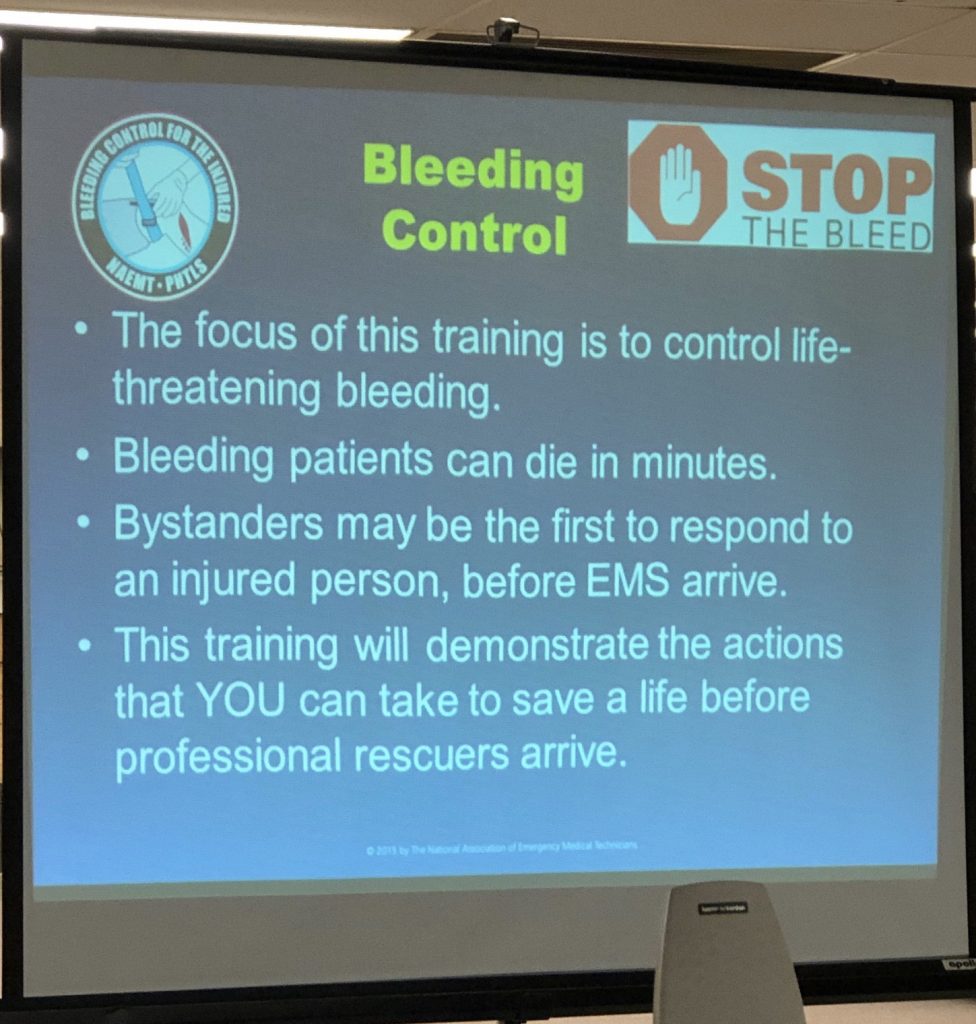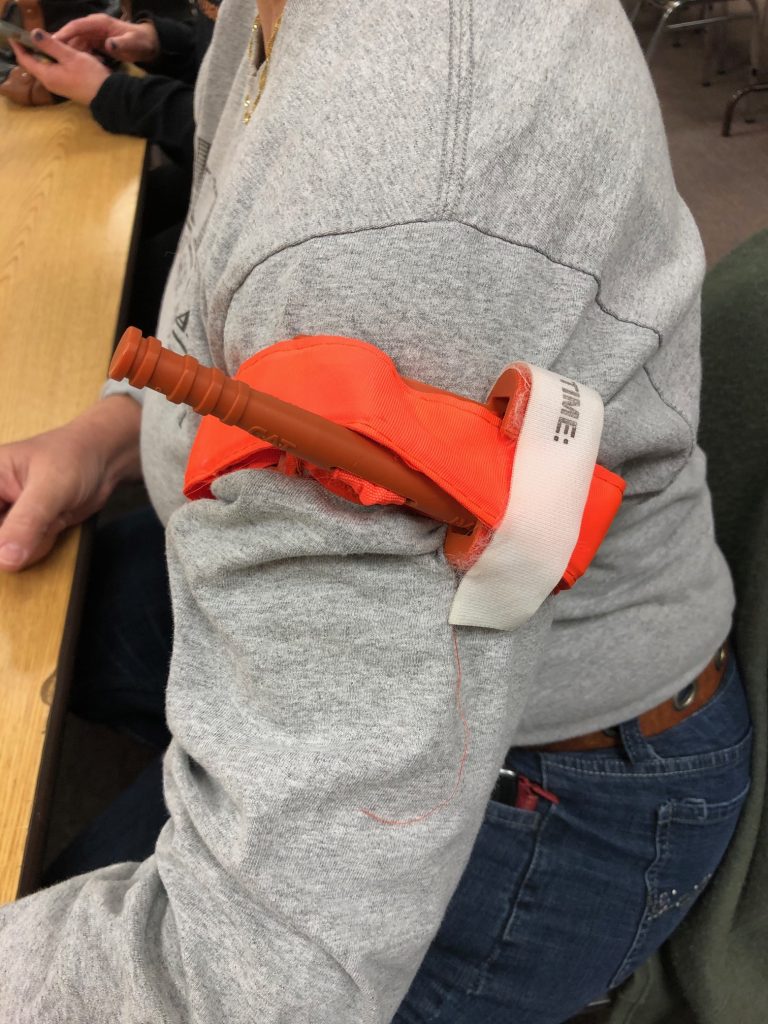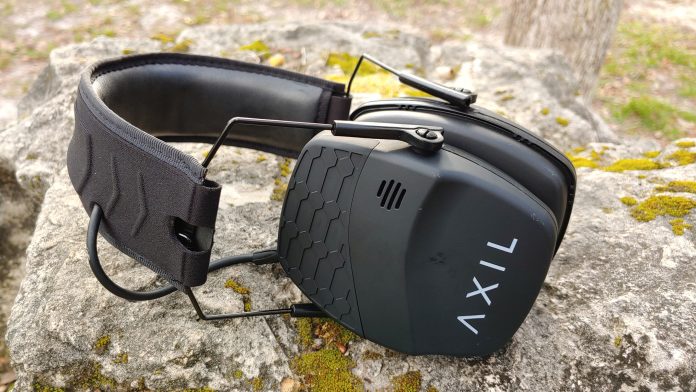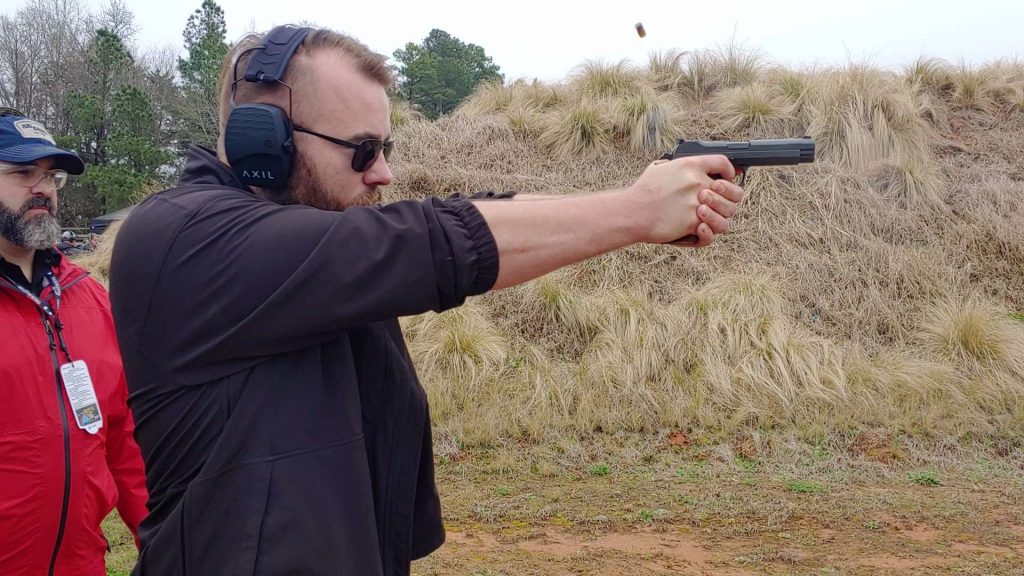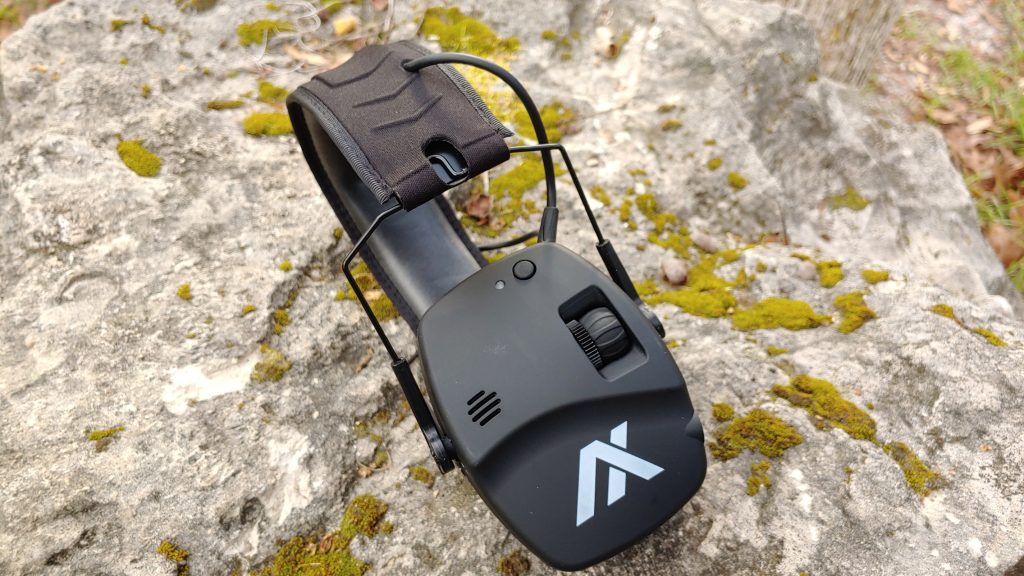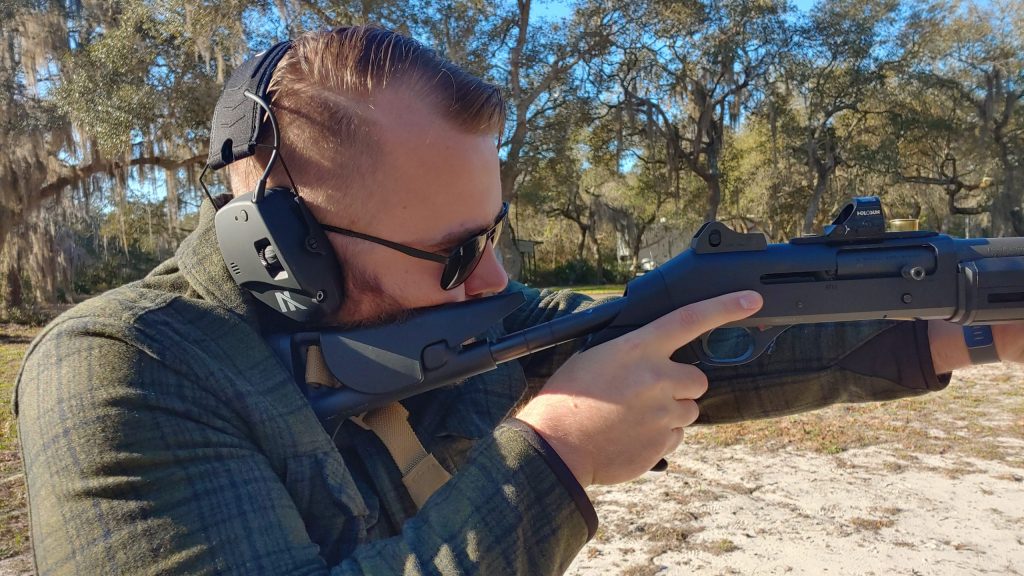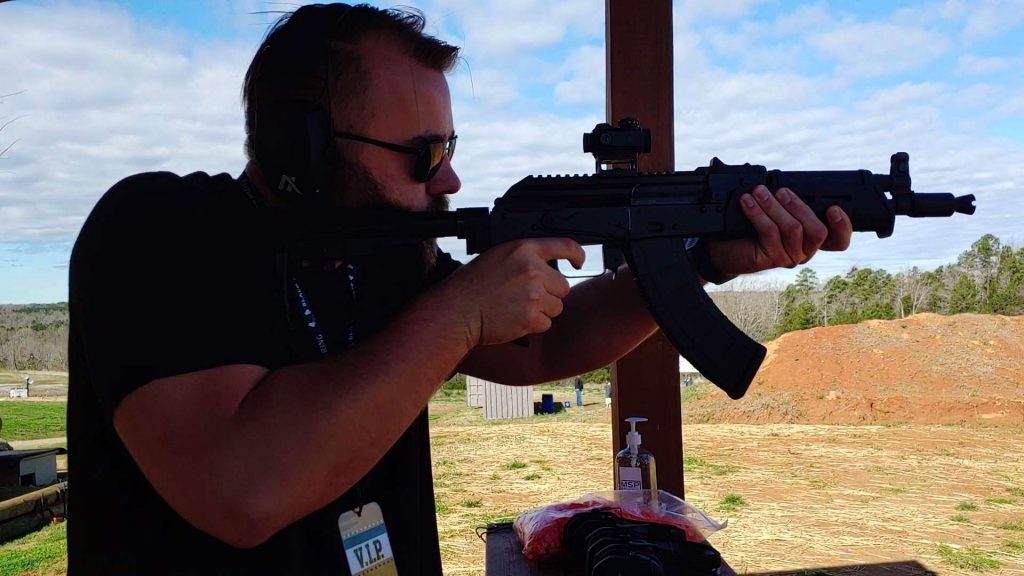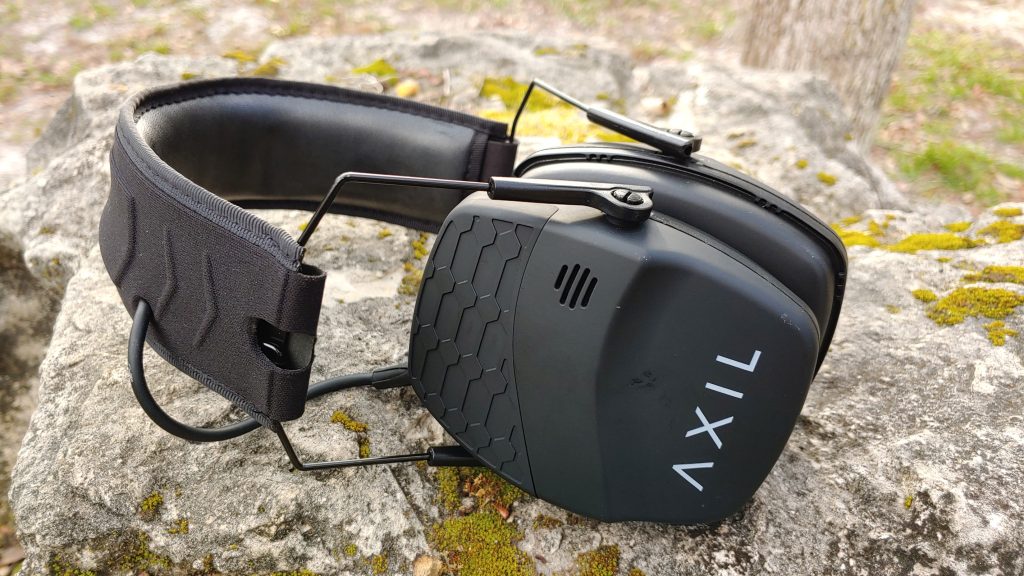There was a shooting in an Orange, California the left 4 dead, including one child. It is being called another ‘mass shooting’ by most. However, unlike Atlanta where the motive was pushed due to its racial component, and Boulder where a motive was pushed on a racial component and then quickly withdrawn when the attacker turned out to be a Syrian migrant, the attack in Orange, CA is being kept close to the investigative vest.
The shooter, possible motive, victim location, any connection between them and various business in the complex, or any other formative information to pull a motive has not yet been released.
From an investigative perspective, this makes sense, but the media nor the political arms of LE and AG agencies haven’t been overly concerned over investigative integrity over the advantageous optics.
With that perspective in mind, I am curious, why is the LA Times reporting 3 Mass Shootings,
“It marks the third mass shooting in the United States in two weeks, coming after incidents at three Atlanta spas that killed eight people, including six Asian women, and at a Boulder, Colo., supermarket that killed 10.” – LA Times
While CNN is reporting 20 Mass Shootings?
“This is at least the 20th mass shooting since the Atlanta-area spa attacks two weeks ago that left eight people dead. CNN defines a mass shooting as a shooting incident which results in four or more casualties (dead or wounded), excluding the shooter.” -CNN
That is a drastic, and deliberate, narrative difference. Both narratives summed up the details as, “Few details were immediately available about the victims or a potential motive for the shooting” and “The department did not give any other information about the suspect or the victims.” Yet another drastic change from both Boulder and Atlanta reporting. The inconsistencies speak volumes.
Speaking of, why would CNN report 20 while LA Times reports 3?
Simple, bias.
CNN has a well known bias and is seeking to craft a narrative to fit those biases. 20 Mass Shootings by CNN’s definition. The LA Times appears to be using the MAPS definition of the Secret Service, or something similar. This is a deliberate choice on CNN’s part.
It is a choice to use a more alarming number, one that plays to other internalized, spoken, or projected biases (like all/most mass shooters are white males) and pushes their embraced agenda of gun control as a more necessary policy. CNN is reporting a 667% greater rate of mass shootings, that is not a mistake in reporting or a minor disagreement on whether or not one event counts as a mass shooting, it is a choice to compound the problem through obfuscation.
We cannot discuss the undefined
This is the crucial point.
We cannot have a serious discussion with vaguely defined data. This is a complex problem with variable motives and various strategies of prevention and response. On top of the inability to define what a mass shooting is, the inability to rationally discuss all physical security measures (especially those outside the chosen ideological position on firearms) is equally detrimental to any productive discussion.
The nearly universal dismissal of hardening buildings against attack, usually with a line about making the school or office feel like a prison (well, yeah that’s what security looks like), and the refusal to allow reciprocal force options of a professional security element (in something approaching more than show of effect) also make responses limited.
Remember back to the Parkland response to even mandating see through backpacks. Outrage, invasion of privacy, felt under suspicion all the time, all of which are valid feelings and responses… but again, that is what security looks like.
We are also carefully avoiding every instance where an attacker is a first time felon or lacks committable mental health issues. If you believed clear backpacks are invasive, what about “mandatory mental health screenings” level of intrusion?
It comes down to this one fundamental disagreement, whether or not these can be prevented. The truth is mass attacks and violence cannot be prevented, because true prevention means an absolute control of human behavior.
We can work to reduce the instances of triggering events, we can reduce to reduce the environmental factors and stressors that do produce these outbursts of violence, but we cannot prevent them.
No law can prevent an employee from getting angry at their employer or co-worker. No law can prevent a neighbor from feuding with another neighbor. No law prevents road rage. No law prevents bullying in schools. We possess no ability to prevent human behavior, we can only craft an environment that reduces the chance of impulsive actions. Even in that facet, we can only craft that environment in macro and on large scale.
It, in fact, is an environment we largely have as being among the wealthiest nations in the world. But look at that far from perfect system and all the human error still present within it. Look and know that no rule will fix that, nor a combination of prohibitions, it has never worked in human history and won’t start now.

